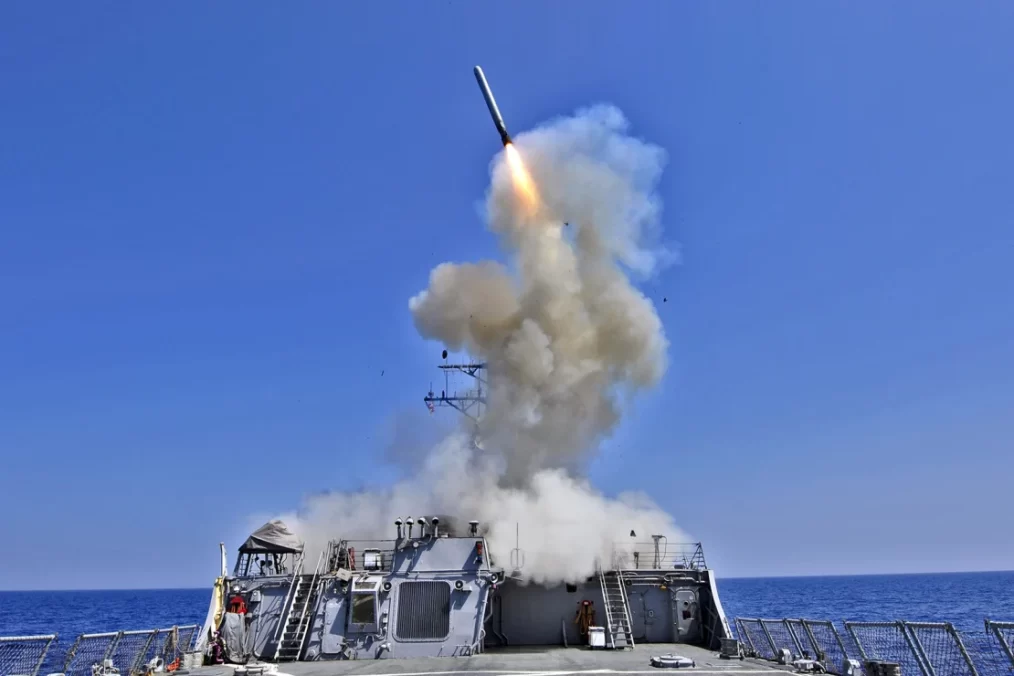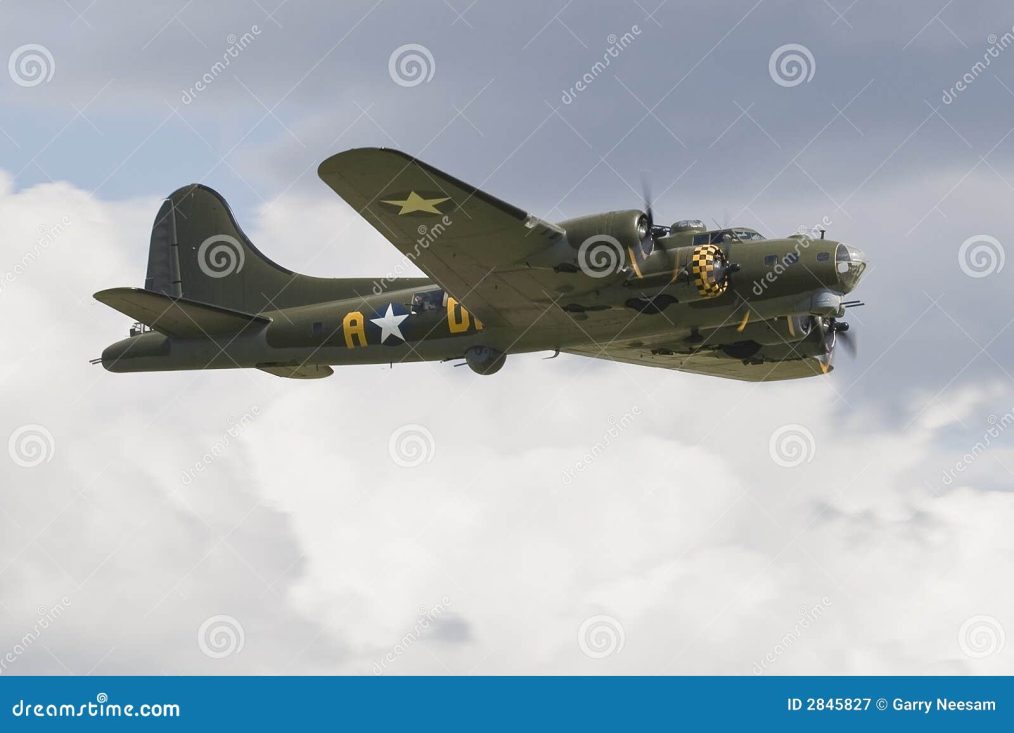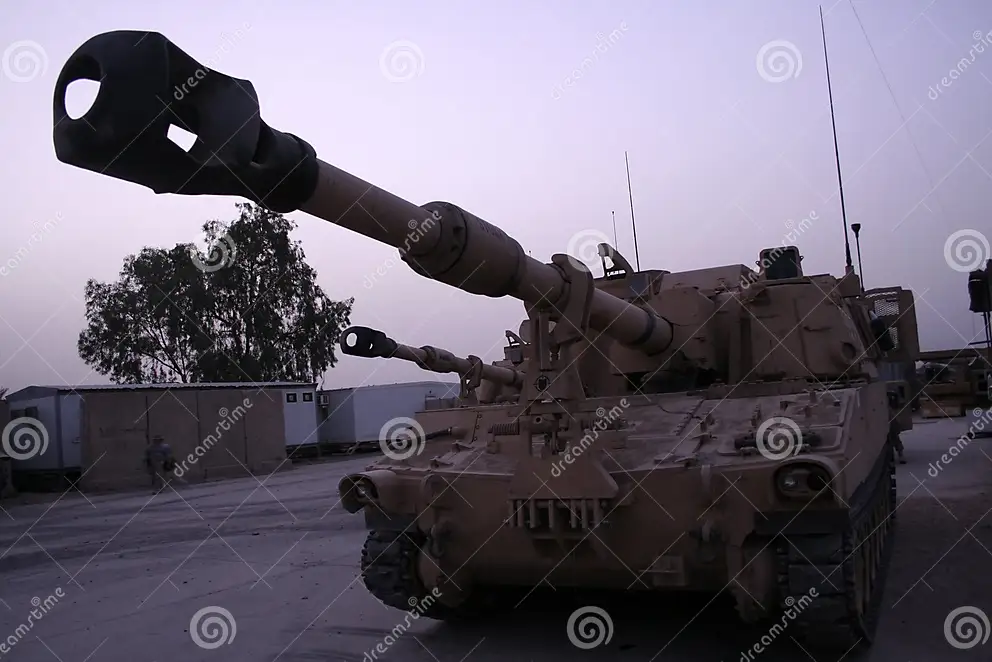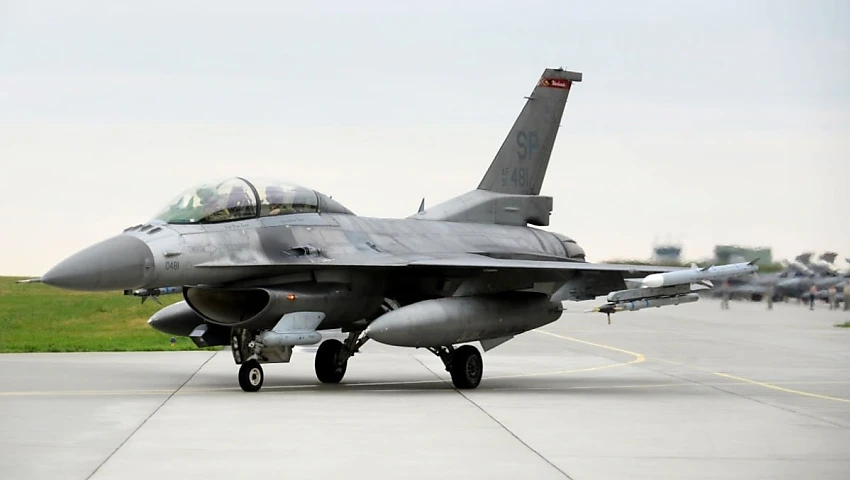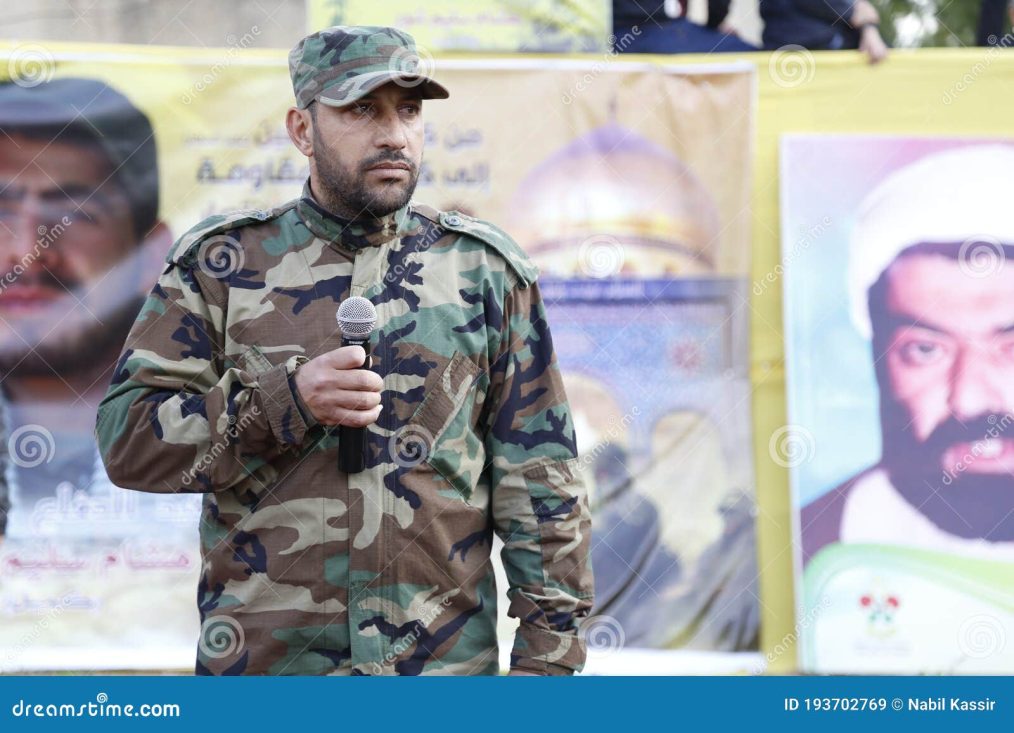Australia Day holds immense significance for many Australians, symbolizing the nation’s rich history, cultural diversity, and shared identity. While retailers have the right to decide which products to sell, when their decisions are driven by political motivations, it introduces another layer of complexity. The celebration of Australia Day is deeply rooted in the majority of citizens, and for newcomers, it represents an acknowledgment and acceptance into the Australian community.
In response to corporate entities using their decisions as political statements, there is a grassroots approach that citizens can adopt to express their support for Australia Day. My proposed action is for individuals to unite and demonstrate their appreciation for the celebration by purchasing Australia Day merchandise from a retailer like Coles. This symbolic act not only signals support for the significance of Australia Day but also serves as a tangible way for people to engage in the conversation about the cultural and national importance of the day.
The call to wear Australia Day merchandise in other major retailers like Woolworths and Aldi could be seen as a peaceful and collective way for citizens to voice their disagreement with the political statements made by certain corporations. By doing so, individuals send a clear message that they value the traditional celebration of Australia Day and are choosing to express their views through their purchasing decisions.
This proposed action is a form of civic engagement, encouraging people to actively participate in the public discourse surrounding Australia Day. It harnesses the power of collective action to demonstrate the importance of the celebration and, in turn, highlights the impact of political statements made by corporations on the sentiments of the community.
In essence, the idea is not just about buying merchandise; it’s a symbolic act of unity and expression of shared values. It’s a way for citizens to assert their voice and demonstrate that Australia Day is a day worth celebrating and preserving for its cultural and historical significance.
By Ray Payne OAM



